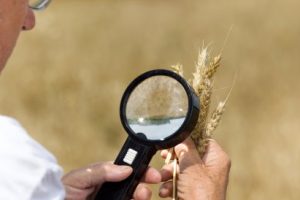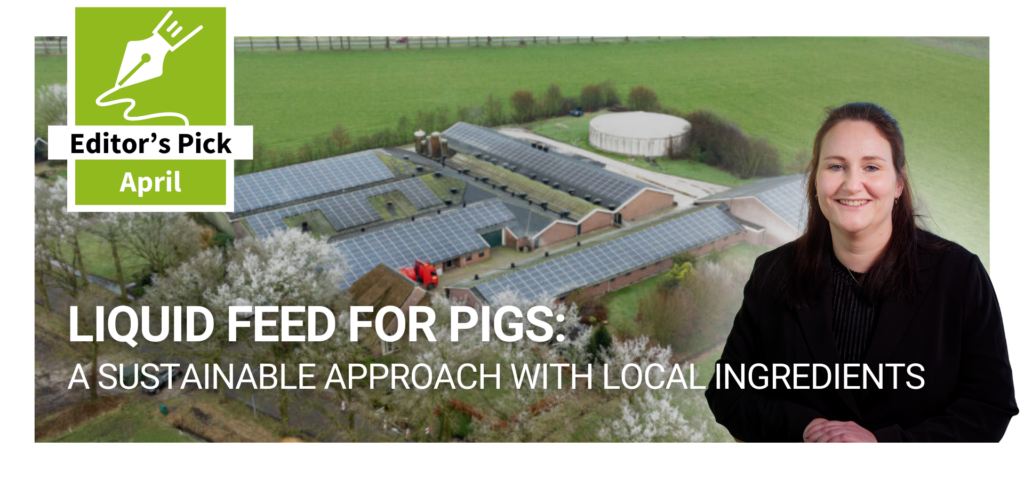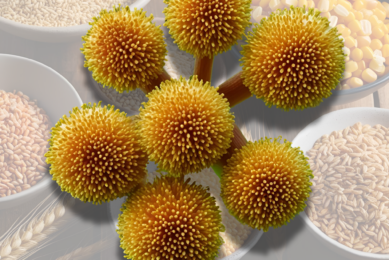Global mycotoxins surge in 2024: Survey reveals rising risks

Survey results involving nearly 28,400 samples from 95 countries across the globe have found an increasing rise in mycotoxins last year.
The persistent presence of mycotoxins continues to post a threat to animal welfare, productivity and sustainability in agriculture
Mycotoxin Prevalence Increased
Compared to 2023, the results in the annual dsm-firmenich Mycotoxin survey concluded that all 6 main mycotoxins increased in prevalence and in positive ppb, including aflatoxin, zearalenone, vomitoxin, fumonisins, T-2 mycotoxin and ochratoxin A.
Rising Mycotoxin Risks Globally
The risk increased in Central Europe as well as in the Middle East and North Africa, compared to 2023.
Risk levels remained extreme with the highest regions of mycotoxins found in North and Central America, South Asia, China and Taiwan.
Co-contamination in Samples
Co-contamination levels – ie more than 1 mycotoxin – was found in 70% of samples while one mycotoxin was found in 20%, meaning that just 10% of samples were below the limit of detection.
Regional Mycotoxin Threats
The mycotoxin risks that threatened feed quality and animal performance globally vary across regions worldwide, but multiple kinds of mycotoxins were often occurring together.
North America Mycotoxin Levels
For example, in North America DON was detected in 73% of corn samples with a high average of >1000 ppb. Similarly, FUM was detected in 68% of samples with a high average of >3990 ppb.

Asia Mycotoxin Findings
In Central America FUM was detected in 98% of corn samples with a high average of >5180 ppb, while 95% of finished feed samples contained more than one mycotoxin.
And in Asia, FUM was detected in 85% of samples with high average >3450ppb. Afla was found in 57% of samples with high average of 28ppb.
Need for Management Strategies
Commenting on the results, Ursula Hofstetter, head of mycotoxin risk management at dsm-firmenich Animal Nutrition and Health, said: “The persistent presence of mycotoxins continues to post a threat to animal welfare, productivity and sustainability in agriculture.
“These results once again underscored the critical need for effective mycotoxin management strategies. Implementing such strategies is crucial for maintaining the profitability of both the feed industry and animal protein sectors as well as ensuring feed and food safety,” she added.











